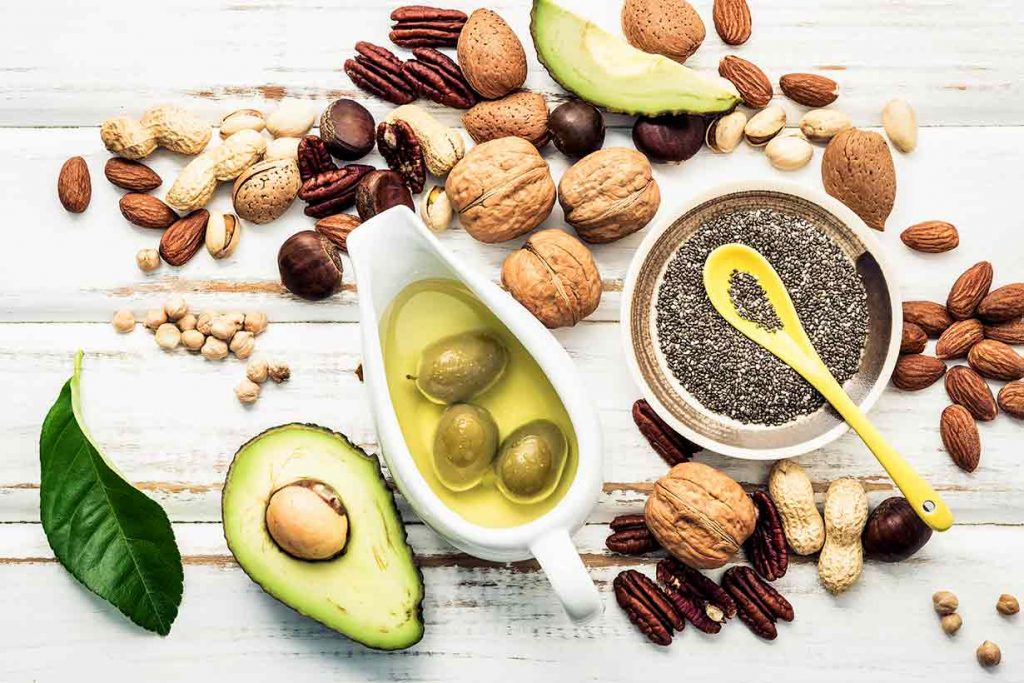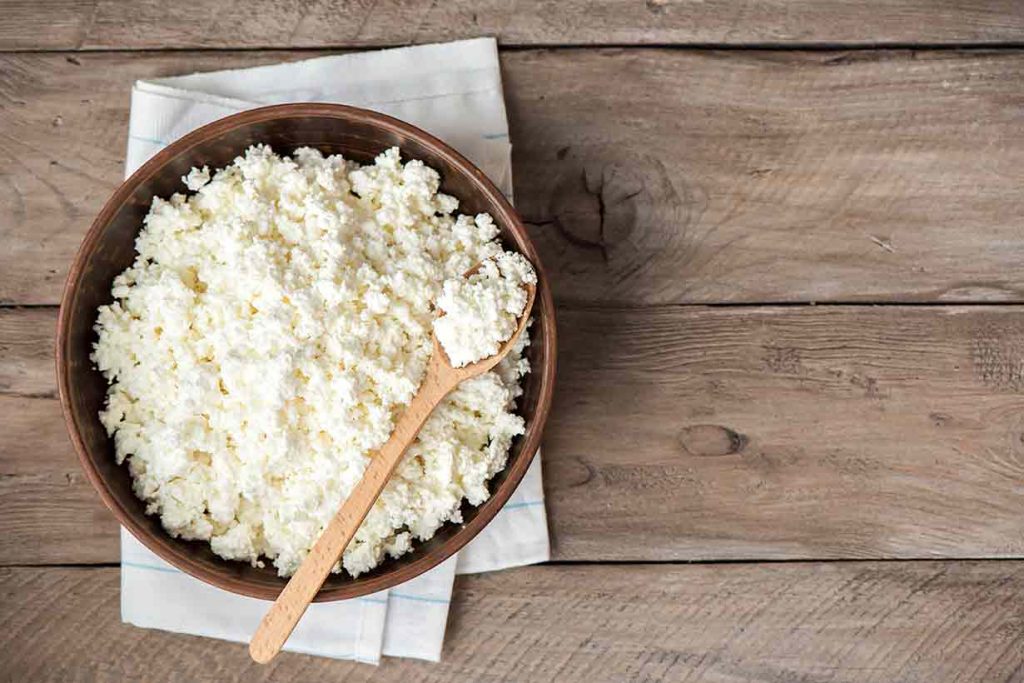9 Health Benefits of Mackerel (and Full Nutrition Facts)
Last updated: Michael Joseph, MSc, ANutr
Mackerel is full of omega-3 fatty acids and contains a wealth of essential vitamins and minerals. In short, this oily fish is one of the healthiest seafood options available. This …



